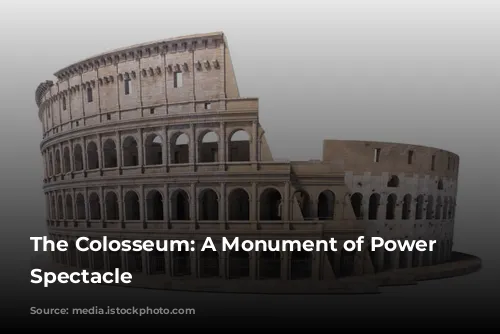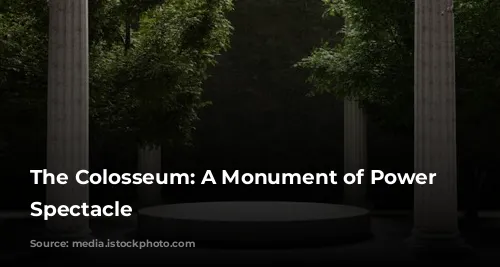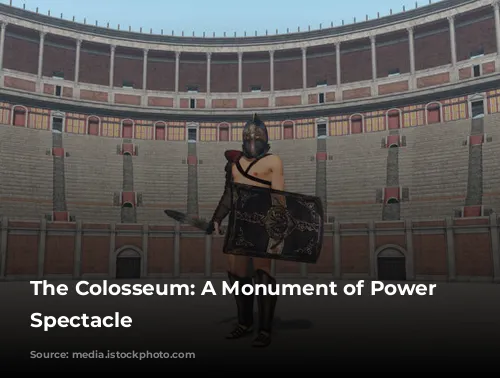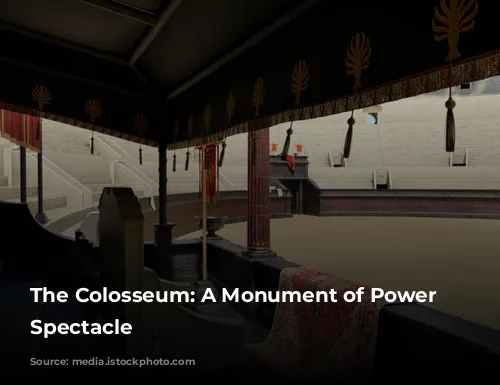The Colosseum stands as a testament to the grandeur and might of the Roman Empire. This immense amphitheater, the largest ever constructed by the Romans, dwarfs all others in size and scale. Its sheer dimensions were a statement of power, showcasing Rome’s supremacy over other cities, both within and beyond the empire’s vast territories.
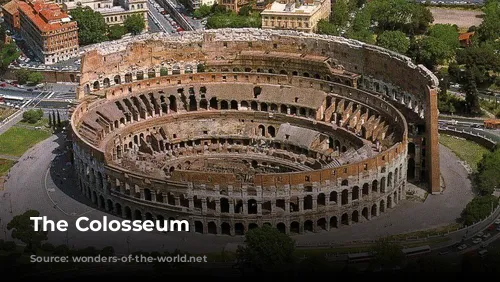
A Giant Egg: The Colosseum’s Unique Form
The Colosseum’s appearance is circular, giving the impression of a perfect circle. However, a closer look reveals a subtle yet significant detail: the arena is actually ovoid, shaped like an egg. This unique form, achieved through an elliptical design, creates a striking visual effect, further emphasizing the amphitheater’s grand scale.
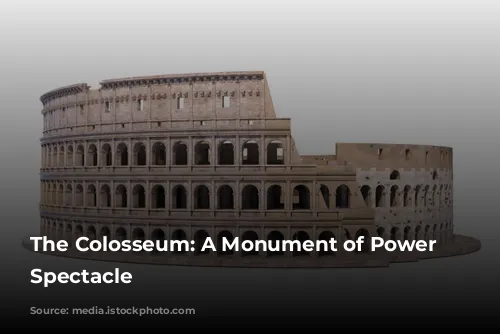
A Closer Look at the Colosseum’s Structure
The Colosseum’s interior is comprised of a vast central arena, surrounded by tiered terraces and an impressive facade. While the stands remain intact today, the facade is incomplete, revealing the building’s intricate construction. The arena itself is remarkably spacious, measuring a substantial 83 meters long and 48 meters wide. This elongated shape, coupled with the tiered seating, accentuates the ovoid form, further enhancing the visual impact of the structure.
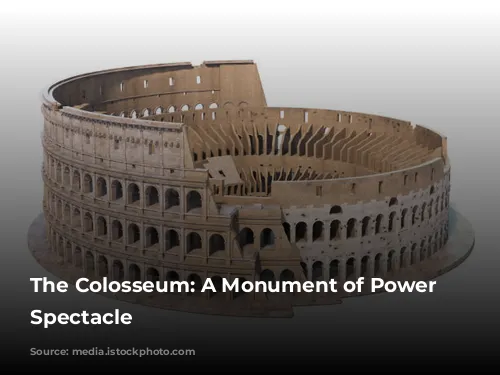
A Common Design for Roman Amphitheaters
This ovoid shape, while striking in the Colosseum, was actually a common feature among Roman amphitheaters. Across the empire, builders incorporated this design element, recognizing its practicality and visual appeal.
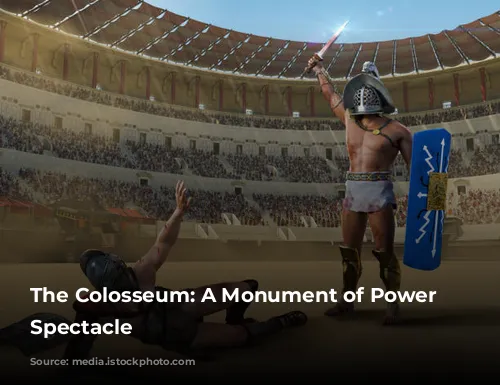
Architectural Details and Imposing Dimensions
The Colosseum’s facade, a magnificent display of Roman architecture, is adorned with 80 arcades arranged across three levels. Each arcade, spanning 4.2 meters in width, contributes to the amphitheater’s imposing presence. The lower level arcades boast a slightly greater height than the others, further highlighting the architectural intricacies.
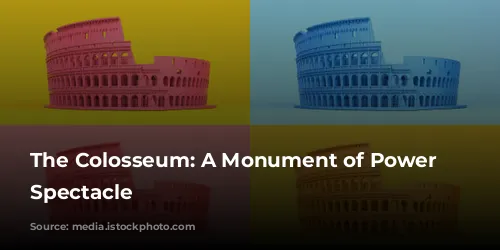
A City Within a City: Capacity and Importance
The Colosseum’s sheer size translates to an astounding capacity, estimated to hold between 75,000 and 80,000 people. This immense space, capable of accommodating the population of a modern mid-sized city, underscores the Colosseum’s importance. On show days, Rome would see a significant portion of its citizens gathered within this arena, emphasizing its pivotal role in the lives of the Roman people.
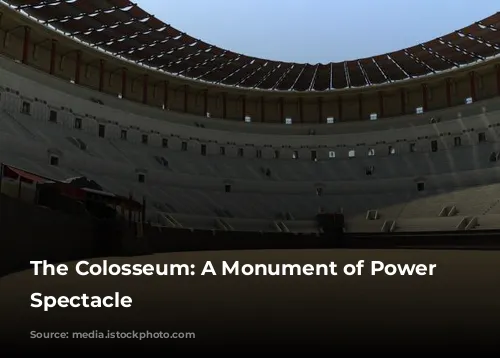
A Hierarchy of Seating
The Colosseum’s design also reflected the rigid social hierarchy of ancient Rome. Seating arrangements were meticulously planned, with the most prominent positions reserved for the elite. This hierarchical organization mirrored the power dynamics of Roman society.
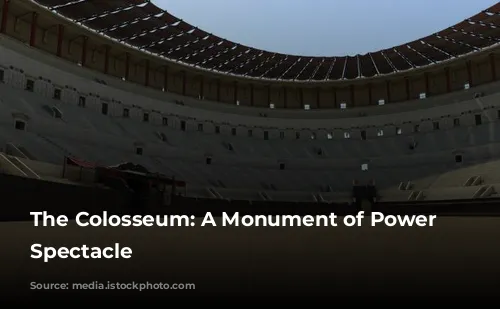
Comparing the Colosseum to Other Roman Amphitheaters
The Colosseum’s dominance is evident when compared to other Roman amphitheaters. The amphitheater at Leptis Magna, built by Nero in 56 AD, pales in comparison, measuring 121 x 111 meters with a smaller arena. The amphitheater of Pompei, constructed in 80 BC, though older, is also smaller than the Colosseum, with dimensions of 135 x 104 meters.

The Colosseum’s Global Impact
The Colosseum’s influence can be seen in amphitheaters built across the Roman world. The arena at Nîmes in France, constructed in 90 AD, while impressive in size, still falls short of the Colosseum’s scale. The amphitheater in Merida, Spain, built in 8 BC, and the amphitheater of Pula in Croatia, constructed in 79 AD, both demonstrate the Colosseum’s enduring legacy.

A Lasting Legacy
The Colosseum, a testament to the Romans’ architectural ingenuity and mastery, stands as a symbol of their power and cultural prowess. Its enduring presence continues to fascinate and inspire, serving as a reminder of the grandeur of the Roman Empire.
